How Does The Integumentary System Help Maintain Homeostasis
How does the integumentary system help maintain homeostasis. The skin is a sensory organ with receptors for. To maintain homeostasis communication within the body is essential. The major function of the integumentary system is to protect the body by preventing bacteria to enter the body.
Endocrine glands and cells are located throughout the body and play an important role in homeostasis. In the adult human body the skin makes up about 16 percent of body weight and covers an area of 15 to 2 m 2. Examples of how the skin helps each body system maintain homeostasis include.
The integumentary system consists of the largest organ in the body. Figure 1711 Endocrine System. As such the skin protects your inner organs and it is in need of daily care and protection to maintain its health.
The integumentary system refers to the skin and its accessory structures. Kidneys with the help of their functional units ie nephrons maintains an appropriate fluid volume by regulating the amount of water that is excreted in the urine regulate concentrations of various electrolytes in the body fluids maintain normal pH of the blood and maintain a stable internal environment homeostasis for optimal cell and. To achieve this it may interact with other areas of the body like the hypothalamus.
It also helps to keep water inside our bodies. Helps to maintain homeostasis within the body by assisting with the regulation of body temperature and water balance. The kidneys help regulate blood pressure through Na and water retention and loss.
However sex hormones do have an effect on other body systems and an imbalance in sex hormones can lead to various disorders. Reflexes help us to maintain balance. Large masses of erectile tissue in the body allow this region to harden and expand greatly during sexual stimulation.
All the systems will work together to try to create what is known as homeostasis or a state of balance within the body. The reproductive system does little for the homeostasis of the organism.
Other Types of Chemical Signals In the classical definition of the endocrine system hormones are secreted into the interstitial fluid and then diffuse into the blood or lymph for circulation throughout the.
Helps to maintain homeostasis within the body by assisting with the regulation of body temperature and water balance. Continued From Above. In humans that means regulating things like temperature pH hydration and blood oxygen levels. The integumentary system maintains homeostasis by protecting the body regulating temperature absorbing materials and synthesizing vitamins and minerals. In fact the skin and accessory structures are the largest organ system in the human body. Other Types of Chemical Signals In the classical definition of the endocrine system hormones are secreted into the interstitial fluid and then diffuse into the blood or lymph for circulation throughout the. The 11 organ systems include the integumentary system skeletal system muscular system lymphatic system respiratory system digestive system nervous system endocrine system cardiovascular system urinary system and. It comprises a head neck trunk which includes the thorax and abdomen arms and hands legs and feet. The major function of the integumentary system is to protect the body by preventing bacteria to enter the body.
Here is a brief explanation. An important vitamin synthesized thanks to the skin. The root of the penis connects the penis to the bones of the pelvis via several tough ligaments. What are the strengths and limitations of the bodys joints. Continued From Above. Digestion involves the breakdown of food into smaller and smaller components until they can be absorbed and assimilated into the body. The process of digestion has three stages.

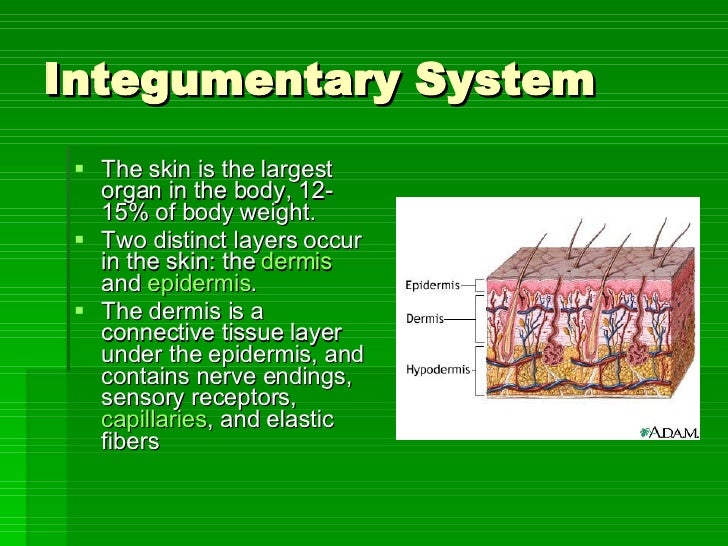


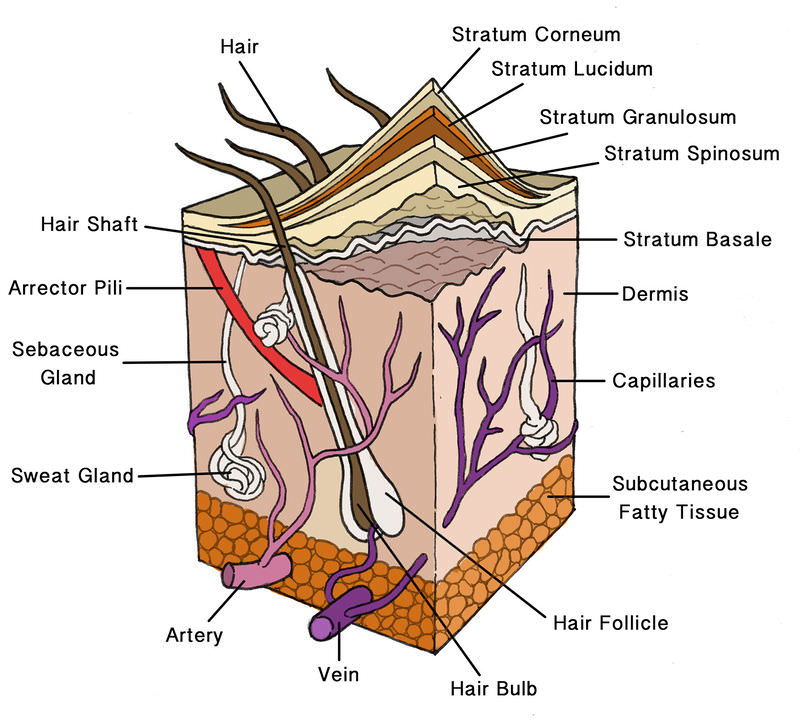



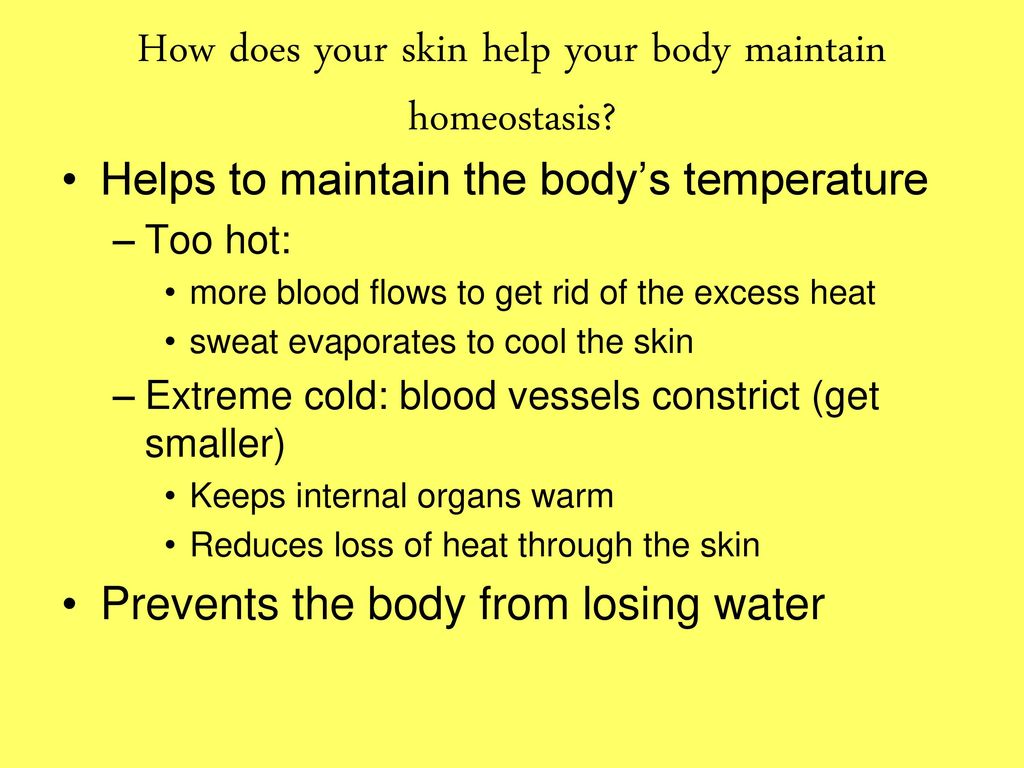





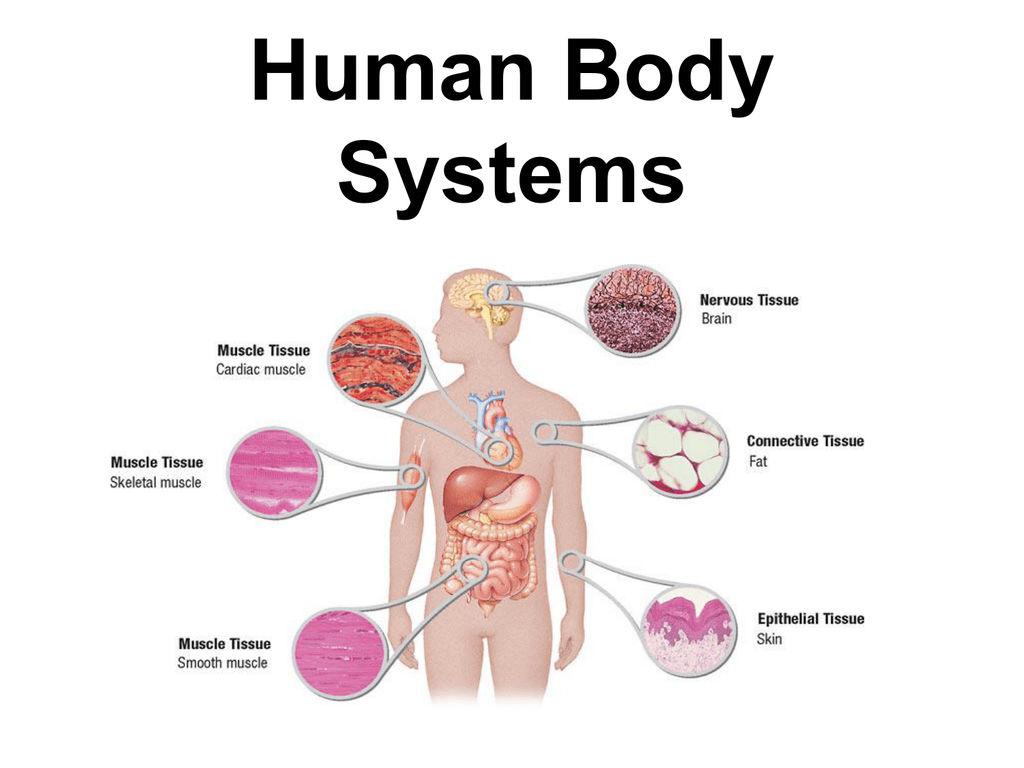








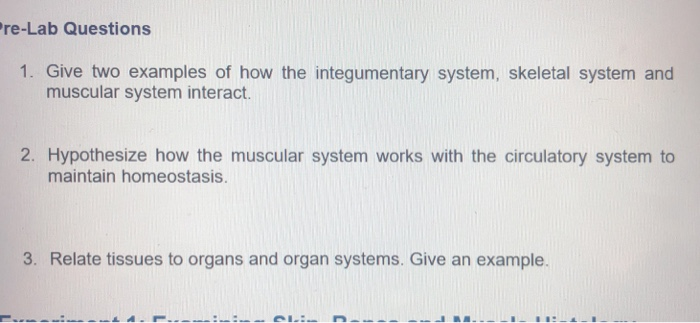


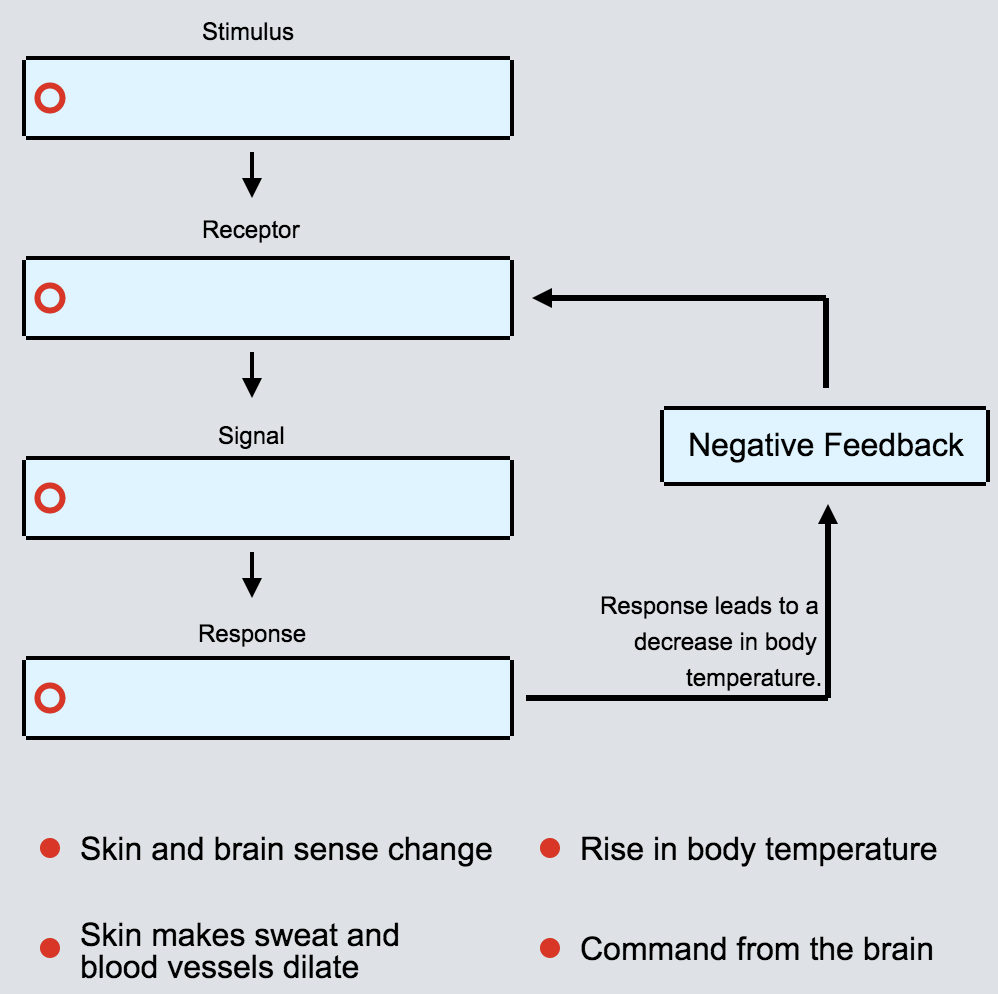



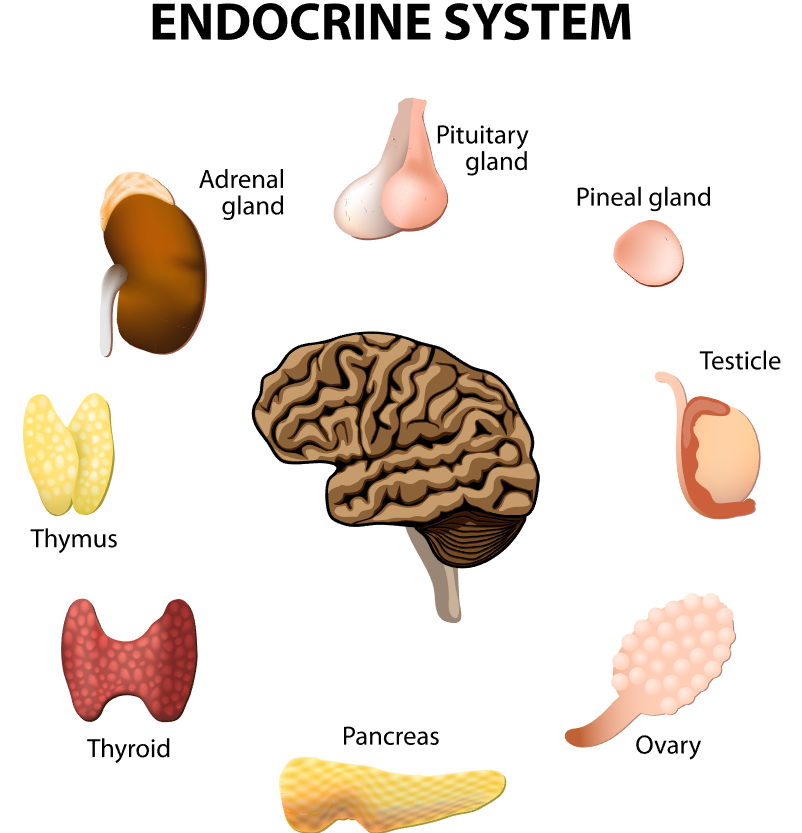

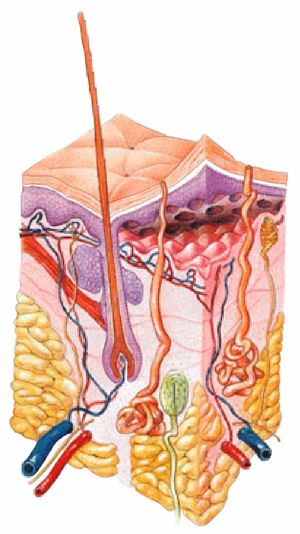

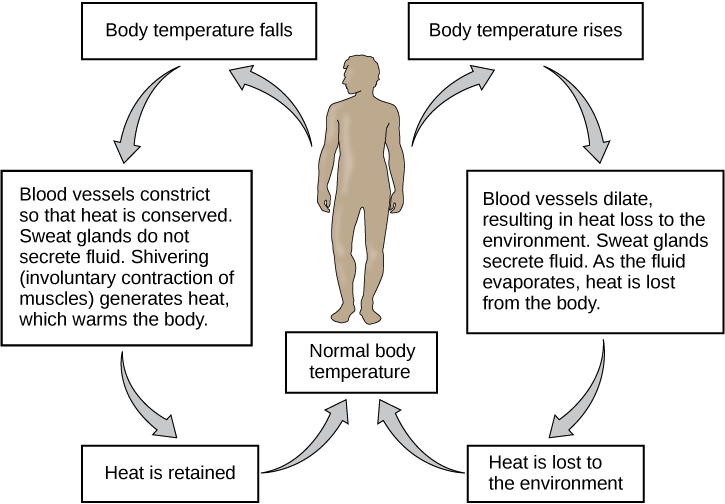


Post a Comment for "How Does The Integumentary System Help Maintain Homeostasis"